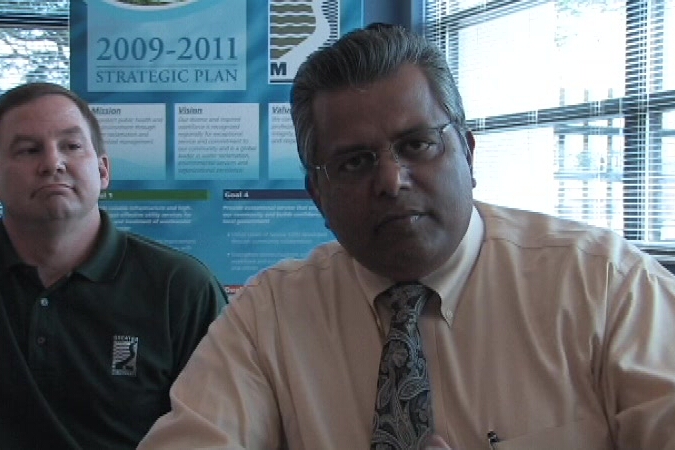9.3 Knowledge Management
Knowledge Management comprises a range of strategies and practices used in an organization to identify, create, represent, distribute, and enable adoption of insights and experiences. Such insights and experiences comprise knowledge, either embodied in individuals or embedded in organizational processes or practice. (from Wikipedia)
Knowledge is an asset, no less important than the physical assets you own. And, just as with any asset you own, it is important to classify your knowledge assets. Generally, knowledge can be said to be one of two types: explicit and tacit. It might also be helpful to classify this distinction as external and internal. Explicit (or external) knowledge is generally data-based. That is, it consists of facts, figures, procedures, business plans, financial information, customer lists, even your Asset Management plan itself. These kinds of things can, and should, be written down, kept up-to-date, and made accessible to everyone in your organization. This "writing" can be in paper form or electronic, but must be accessible.
- A complete inventory of assets
- Maps showing the exact location of all assets
- Your Level of Service Agreement
- Maintenance manuals on assets you own
- Operating Procedures--standard, alternate and emergency
- Maintenance schedules and procedures
- Procedures for updating all of the above
- A history of maintenance on all assets (to the extent that it is known)
- A written Capital Improvement Plan
- A written Repair and Replacement Schedule
- Your rate schedule and the basis and rationale for the rates




